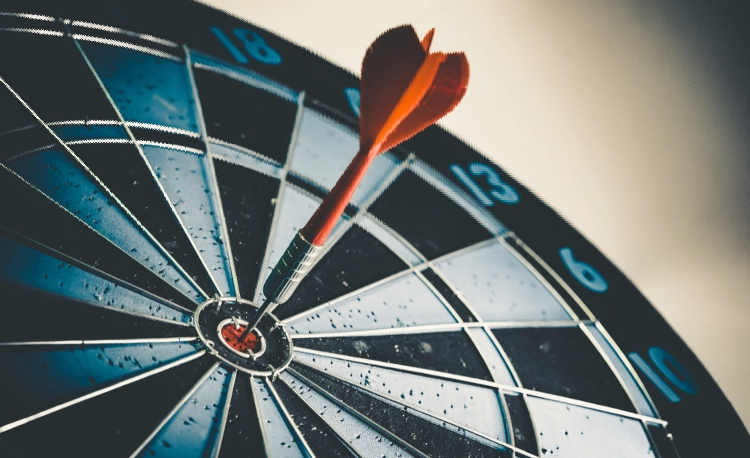Your Definitive Guide To The Digital Marketing Basics
Digital media accounted for 64.4% of global ad spend in 2021, up from 60.5% in 2020 and 52.1% in 2019. As digital media steps into the role of a goliath, Digital Marketing has taken an integral part in the success…





